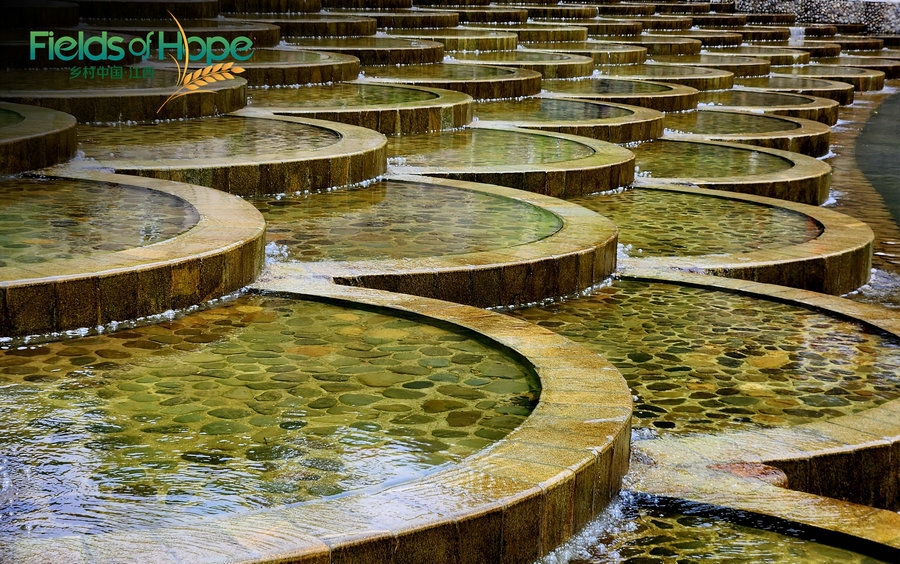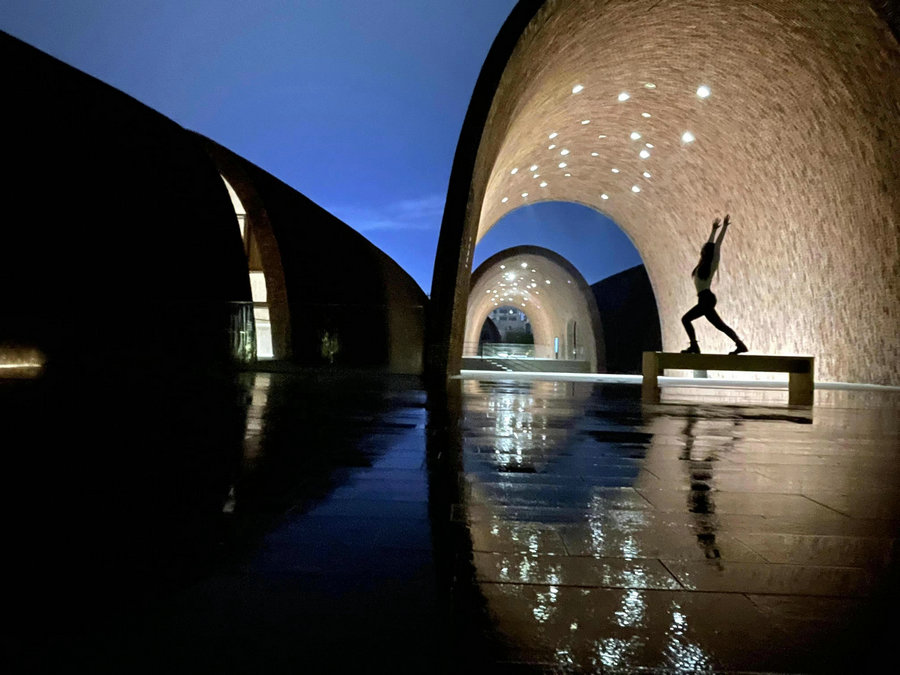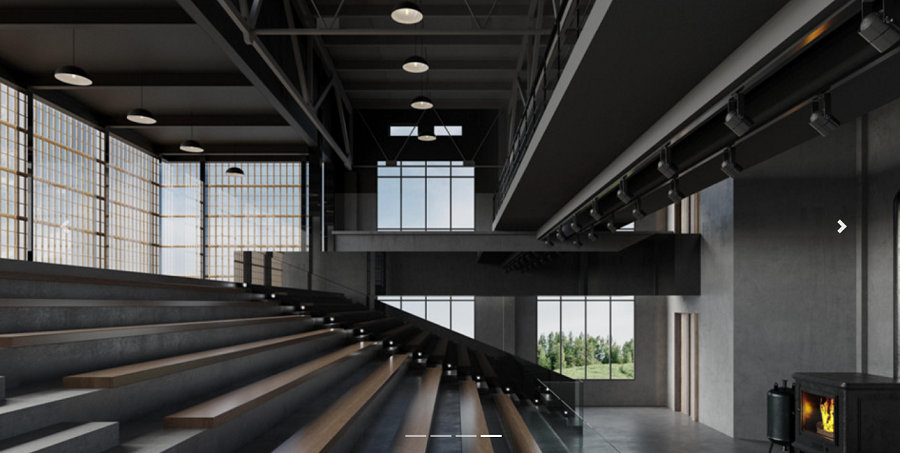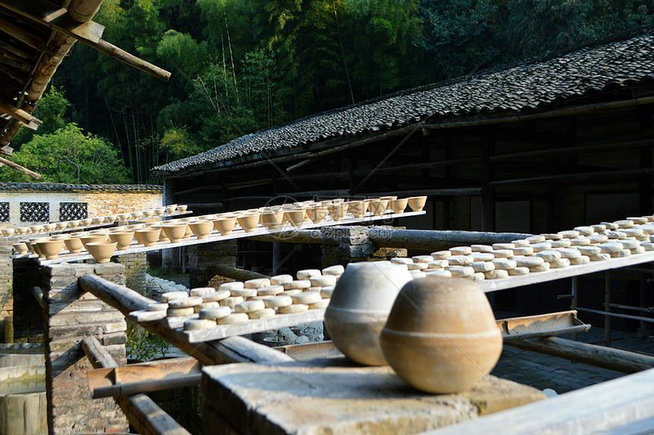
Early in the morning, when the bamboo slips are still moist with the dew, people put on their sneakers and jog along the cobblestone path in the grove. While jogging, they see the engraving on the bamboo slips saying, “Round Vessels in Blue and White: referring to paintings in blue and white on round vessels. Hundreds of copies of them, if not with the accuracy of craftsmanship, would otherwise be different from one to the other…”
The procedures of porcelain hand-making in ancient times are engraved on dozens of bamboo slips standing by the two sides of the cobblestone path, serving as indices to the visit of the ancient kilns.
Gateway to the Ancient Kilns
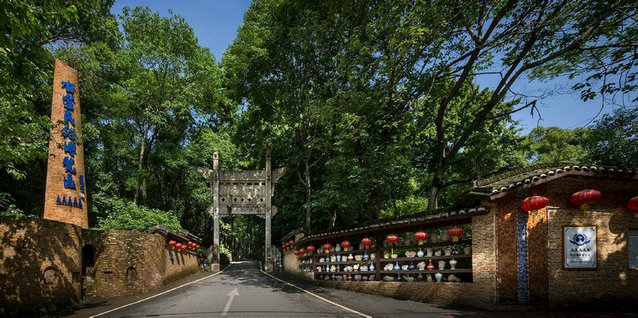
My journey to the ancient kilns also starts from this “firewood” gateway. Firewood in Chinese is “chai” in pronunciation, homophonic and symbolic in meaning to “talent” and “treasure” in Chinese culture. In such a landmark spot and the only national 5A-level tourist attraction with porcelain culture as the theme, you will, besides feasting your eyes on the finest porcelains, at the same time have a leisurely enjoyment of the environment and space around with clouds floating above, fresh air coming to you nose, and lush forest to your eyesight.
Entering into the exhibition zone, a shard-and-vase-paved road greets me. From the shards I can detect the earth still attached, and on the vases the cracks are faintly visible. I happened to know a collector who whenever took out his antique items to show us, a pious look would spread over his face. “It’s just like you are having a dialogue with history” he would say. Porcelain never mutates even after a thousand-year time, so, when you touch it with your palm, you can always get the jade-like smoothness.

